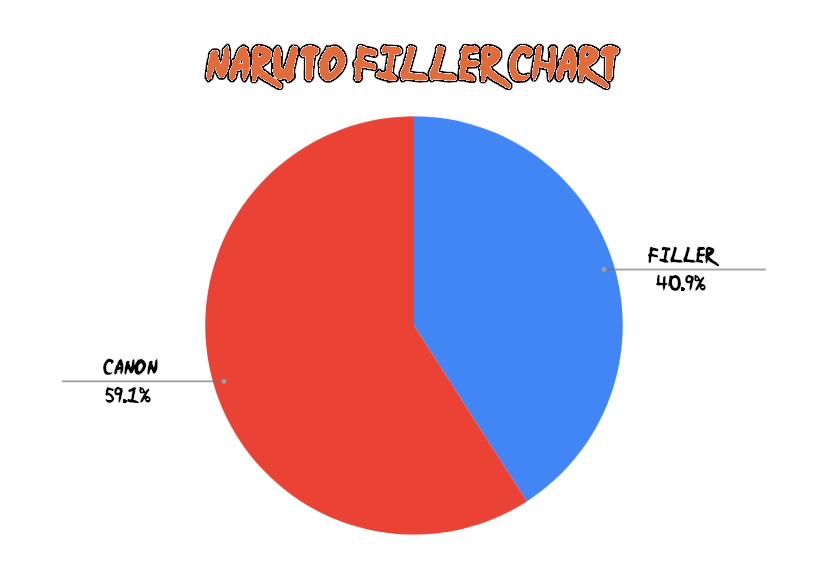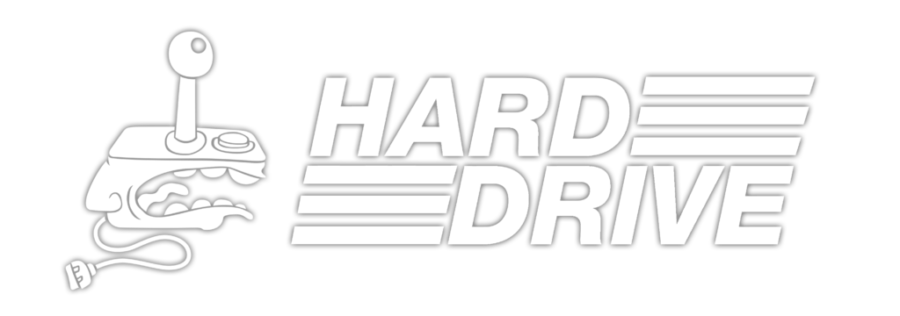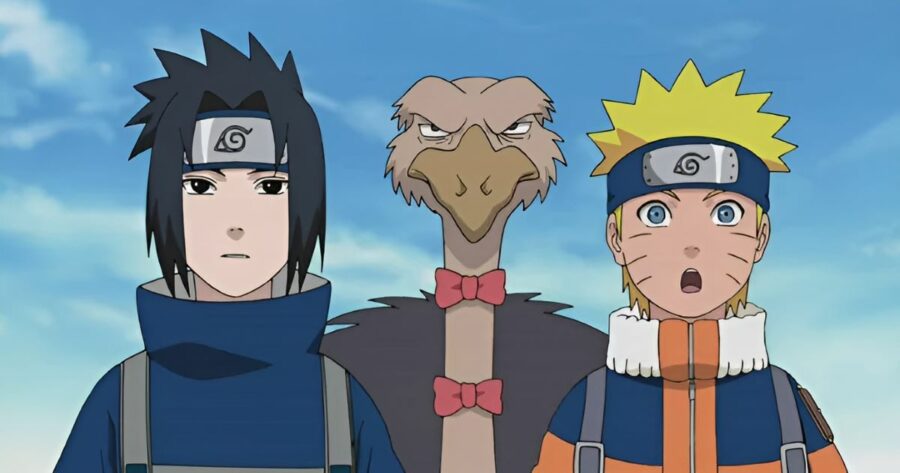“Read the manga, it’s better.” So many anime fans have received this unsolicited advice over the years, and it’s largely because of one of the greatest, most heinous villains in all of anime history. No, I’m not talking about Frieza, Griffith, or the dreaded Truck-Kun– I’m talking about the dreaded “filler episode”. But this villain may be on the last legs of its final-final-FINAL form.
Filler– a word that strikes fear and disgust in the hearts of anime fans the world over. But, what is it exactly? Basically, most anime are adapted from manga series once they get successful enough (I.E. sell enough volumes or rank high enough in Jump popularity contests which are exactly what they sound like). However, since it’s important to strike while the iron is hot, many of these adaptations are greenlit prematurely, when there isn’t quite enough source material to go off of.
Both anime fans and Game of Thrones fans know the pain of a great adaptation running out of source material, and the disaster that can quickly turn into. As Gintama brilliantly explains in the clip above, an anime catching up to it’s manga of origin can go one of three ways:
- It takes a roundabout (a song that never existed before JoJo’s Bizarre Adventure) pathway of filler episodes, usually making up stories exploring the characters’ day-to-day lives. Even worse, it may create “filler arcs” including plotlines and villains that are inconsequential and don’t affect characters’ development whatsoever– just to be safe. Or maybe everyone goes to the beach for an episode and gets really horny. Either way, eventually it will adapt the manga again like nothing ever happened, until they once again run out of source material and repeat the process as needed.
- The anime says “fuck it” and goes their own way- “AGTOW”, some are saying. Once it catches up, they bullshit the rest of the story on their own, doing something wholly original. Usually, the animators will go out of their way to reach out to the author and make sure they aren’t treading on the original manga’s intended plotline. It can be hit or miss, but if fans complain enough, another studio will re-adapt the series again with a “closer to the manga this time” selling point.
- Episodes are padded for time. While they may not include filler episodes per se, the pacing of the actual source material can take a brutal hit here. We’ve all seen fight scenes that last way, way, WAY too long, or episodes that have an absolutely unnecessary amount of flashbacks and recaps, in case you forgot something that happened two minutes prior. This can often be the least desirable outcome, because fans can’t simply skip episodes that are non-canon. Instead, they have to sit through Frieza planning to blow up Planet Namek for a lot longer than the five minutes he promised it would take.
For a very long time, this has been the standard for anime that are adapted from existing manga, which again, is the overwhelming majority of them. But after enough fan outcry, and probably low ratings, sales, and crashing/burning, the tides may be changing.

For a long time, most long-running anime series were required by law (or contract) to be airing new episodes 52 weeks a year. No season breaks– just keep drawing and keep producing. In an industry where time crunch is already a severe problem and employees are hospitalized for being overworked, this decision is baffling. Most viewers don’t even seem to like the filler episodes! While modern anime doesn’t fix everything, they seem to have found a more preferable solution.
That’s right, filler episodes– your days are numbered! Popular anime series of the 2010s, such as My Hero Academia and Attack on Titan, the latter of which may be taking advantage of this just a little bit, are adapting chunks of their source material into seasons. This means that instead of blowing the budget on episodes where Naruto turns into a robot for some reason, they can instead focus on quality over quantity, gracefully adapting iconic moments and scenes that fans love. Unlike the typical American TV model of airing seasons where a show takes the summer off but comes back on-air in the fall, these adaptations are on a model of “you’ll get it when it’s ready.” It can be annoying to wait, but as fans of Venture Bros. are also well aware, it’s worth it. And through all that, we get modern hits like Jujutsu Kaisen, Chainsaw Man, and more.

Unfortunately, older series like One Piece have been grandfathered into the old method, suffering from bloat and filler pains that come with old age. Thankfully, some legacy series such as Fullmetal Alchemist, Hunter × Hunter, and JoJo’s Bizarre Adventure retained enough popularity that they got the aforementioned “closer to the manga” remake that trims the fat and cuts the bullshit. Maybe Berserk will get the respect it deserves one day too. Sigh. We all have our white whale.
“Filler” may be a boogey-man term among Japanese animation aficionados (or weaboos, whichever you prefer), and rightfully so, but it isn’t always bad. Or at least, not entirely gut-wrenchingly terrible. Some people argue that filler episodes let us spend more time with the cast of characters and help to develop them even further. Also, that one episode of Dragon Ball Z where Goku and Piccolo try to get their driver’s licenses was comedy gold.

At the end of the day, a bad adaptation doesn’t ruin a good series. A great manga will always be great, it just sucks when you want to recommend a series to a friend but have to accompany them with a complicated guide of what episodes or story arcs to skip.
As the filler arc nears its natural conclusion, the future of the industry is still somewhat uncertain. Overwork and burnout continue to be pressing issues, and hopefully over time anime studios can increase their staff, and give them more time off. We can wait for Attack on Titan season 4 part 3.5 a little longer.



